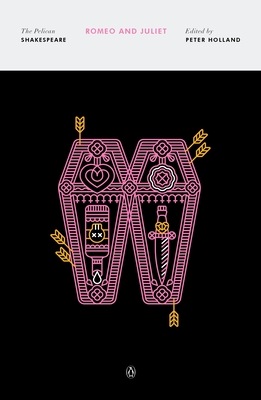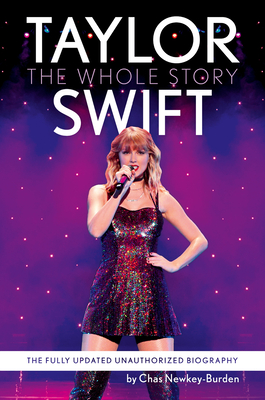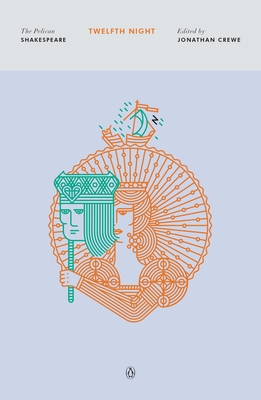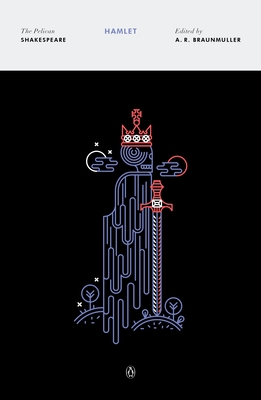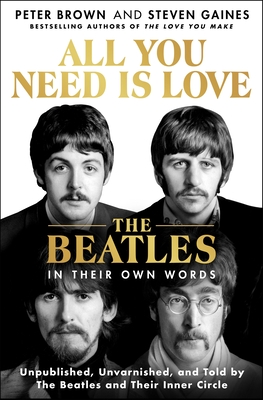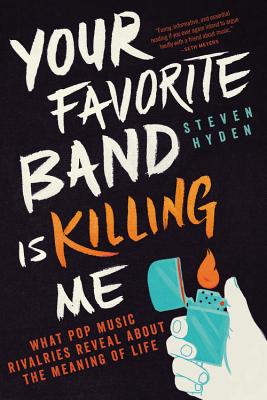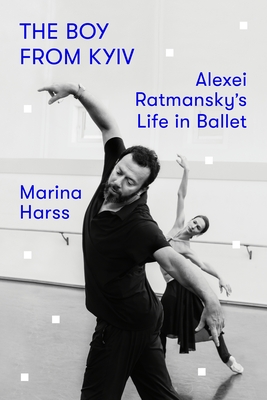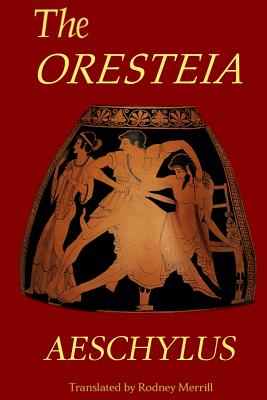
The Oresteia: Agamemnon, The Libation Bearers, Eumenides
Description
The Oresteia of Aeschylus is the greatest monument of the ancient Greek theater, and one of the greatest classics of Western literature. It is the only surviving trilogy of the many performed in the Theater of Dionysos of Athens at a spring religious festival, the City Dionysia, and its subject is a mythical enactment of the transition from retributive justice to fully civil means of dealing with wrongdoing, a central concern of societies everywhere. Partly in retrospective narrative and partly in action, it treats the course of the intrafamilial curse on the house of Atreus, princes of Argos, that destroys the family and upsets the social order, to its resolution in a newly constituted court in Athens, the Areopagos. In this context, the gods important to the Athenians appear or are invoked. But despite the serious matter, it was an entertaining theatrical experience, as extravagant as any surviving Greek play, with spectacular entrances-Agamemnon on a chariot, the Erinyes sleeping on the stage, Athena flying with her cape-like aegis; dances, solo lyrics, choruses, and impassioned musical exchanges among chorus and characters; and at the end a procession of citizens. Nor is humor absent: Orestes' nurse voices a funny yet incisive account of the equivocal feelings-affection and impatience-roused by infant care, and the gods' clumsy and finally irrelevant arguments in Orestes' trial must have raised a smile in ancient spectators and can do so today. For all these features of the performance the aural experience was of the essence. The actors declaimed the dialogue so as to project it through their stylized masks and reach the farthest spectators in the large open-air theater. The chorus and the characters chanted or sang the choral odes and lyrics to the accompaniment of an aulos, a wind instrument like a double oboe. Though the melodies, which were probably never written down, do not survive, we have the rhythms embodied in the wide-ranging meters of the verse. Aeschylus constructed these with great care for their musical expressiveness, and he may well have composed the monodic melodies that embodied them in the lyric passages. This translation seeks to convey this pervasive music; the dialogue is mainly in formal iambic hexameter verse, representing Greek iambic trimeters, two syllables longer than the iambic pentameter verse prevalent in English poetry. The lyrics are set in meters representing those of the original; they range from simple and regular to highly complex. This version is dedicated especially to those who would like to realize this musical experience in viva voce performances, reciting the dialogue, chanting some of the choruses, even, perhaps, improvising tunes for some choral and lyric passages. To encourage this, all the lyric passages are marked to indicate accented syllables and phrasing. The typeface throughout is large enough to make the book suitable for use as a script on such occasions, perhaps among groups of friends. Yet the translation also seeks to transmit the meaning of the original as closely as possible and to preserve tragic decorum in its diction.The aim throughout is to allow the modern audience of readers and hearers to imagine and participate in one of the most entertaining and stimulating dramatic experiences of all time. To that end the book includes a brief Foreword, a longer Afterword suggesting some interpretive approaches and describing the most prominent meters, a selected bibliography, and a list of names for quick reference to elucidate mythical, geographical, and historical allusions. On the covers are lively pictures from ancient Greek vases-one of them from Aeschylus' lifetime, the other almost a century later-illustrating some features of the trilogy.



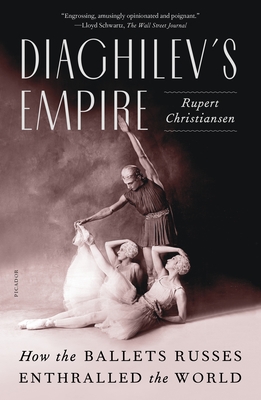




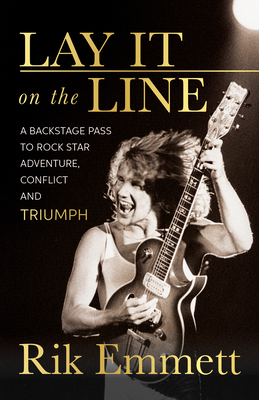
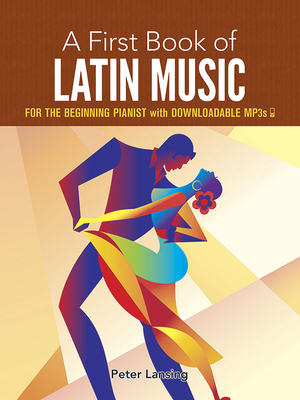


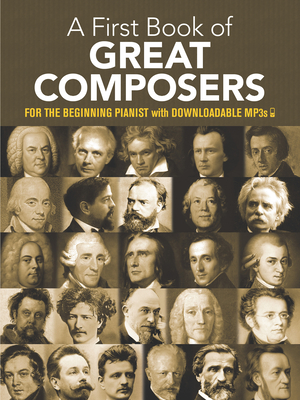
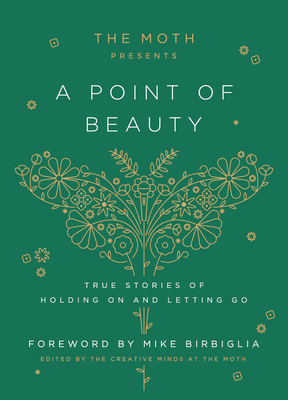
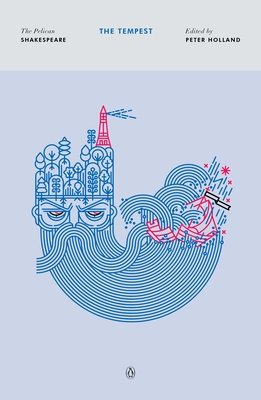

![My First Piano Adventure, Lesson Book A, Pre-Reading: For the Young Beginner [With CD (Audio)]](https://images.booksense.com/images/190/776/9781616776190.jpg)


